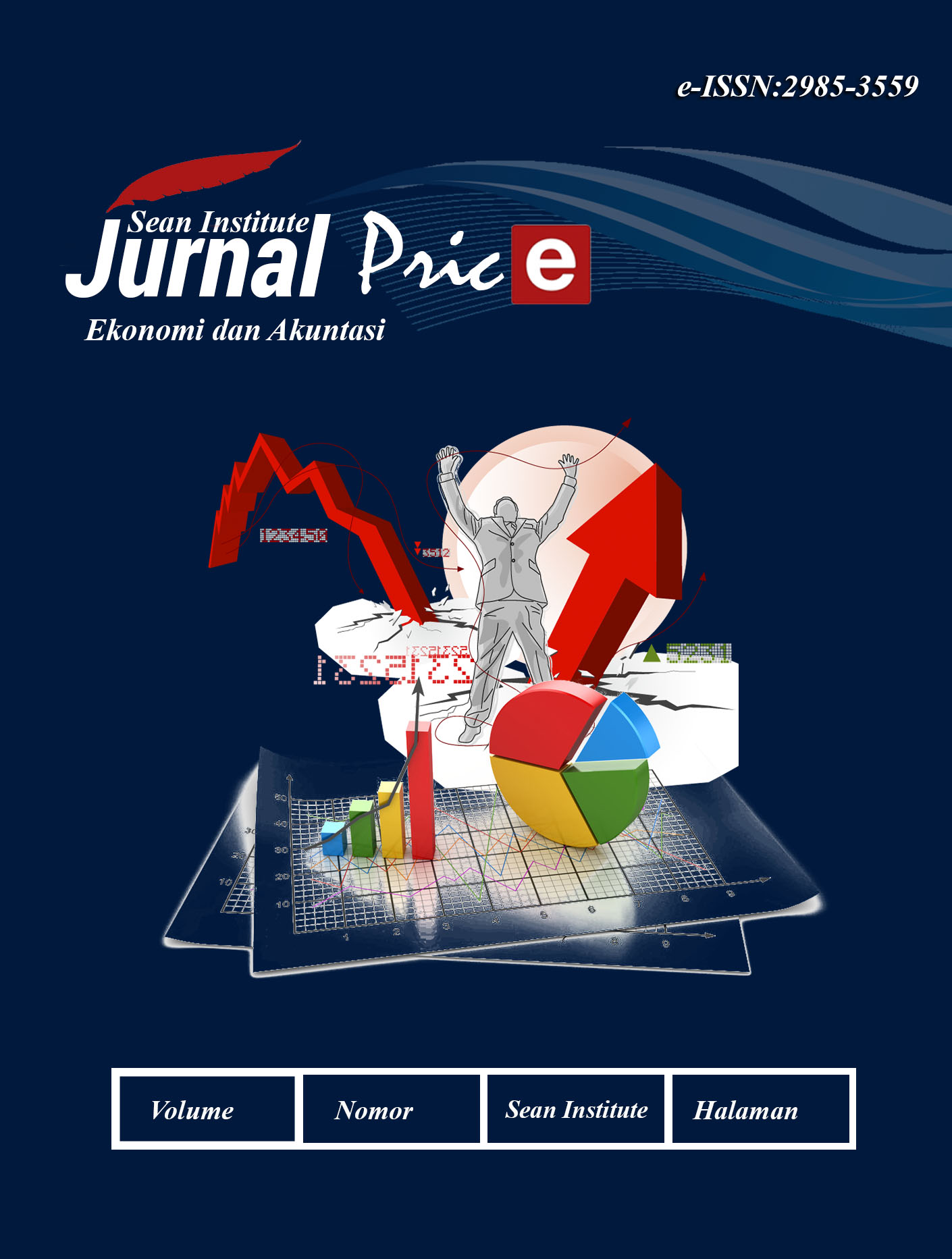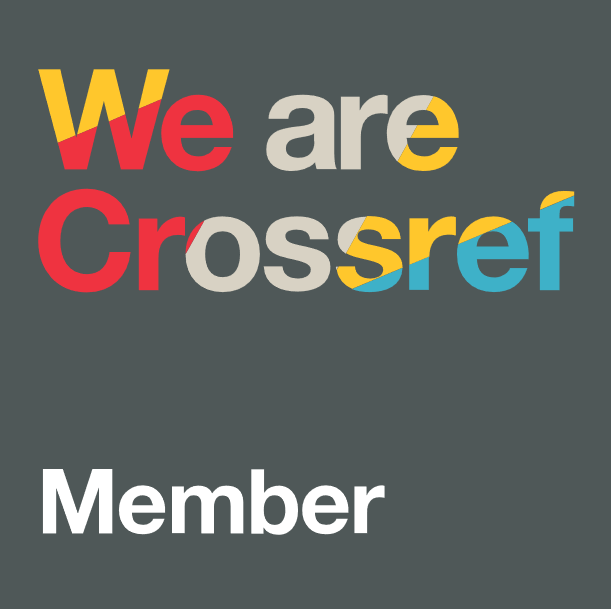WORK-LIFE BALANCE: THE ROLE AND EFFORTS OF COMPANIES IN IMPROVING EMPLOYEE PERFORMANCE
DOI:
https://doi.org/10.58471/jecoa.v2i01.4673Keywords:
Work-Life Balance, Employee Performance, Employee Welfare, ProductivityAbstract
In an increasingly demanding work environment, balance between work and personal life has become an important aspect that can influence employee productivity and well-being. This research aims to examine the role of work-life balance and its efforts in improving employee performance. This research uses qualitative methods with descriptive methods. The research results show that the implementation of the work-life balance policy has a natural role in improving employee performance, namely by increasing productivity, providing better and happier mental health, increasing employee retention, strengthening the company's reputation and a more positive work environment. Apart from that, in the efforts we make towards employees in supporting the implementation of work-life balance in the work environment, there are several things that must be considered, namely providing realistic targets, setting a good example in terms of balance, holding collaborative events between employees and their families, and recognizing life. employees outside the company. Thus, implementing work-life balance is not only an organizational task, but also a shared responsibility to create a more humane and competitive work environment.
Downloads
References
Abdullah, H. (2017). Peranan manajemen sumberdaya manusia dalam organisasi. Warta Dharmawangsa, (51).
Abdullah, M. R. (2014). Manajemen dan evaluasi kinerja karyawan. Yogyakarta: Aswaja Pressindo, 52.
Afiouni, F. (2013). Human capital management: a new name for HRM?. International Journal of Learning and Intellectual Capital, 10(1), 18-34.
Iskandar, D. (2018). Strategi peningkatan kinerja perusahaan melalui pengelolaan sumber daya manusia dan kepuasan kerja dan dampaknya terhadap produktivitas karyawan. Jurnal Ilmiah Bisnis Dan Ekonomi Asia, 12(1), 23-31.
Kalliath, T., & Brough, P. (2008). Work–life balance: A review of the meaning of the balance construct. Journal of management & organization, 14(3), 323-327.
Kawiana, I. G. P. (2020). Manajemen Sumber Daya Manusia “MSDM” Perusahaan.
Kelliher, C., Richardson, J., & Boiarintseva, G. (2019). All of work? All of life? Reconceptualising work‐life balance for the 21st century. Human resource management journal, 29(2), 97-112.
Kholifah, A. N., & Fadli, J. A. (2022). Pengaruh kepemimpinan transformasional dan work life balance terhadap keterikatan kerja dan kinerja karyawan. Sibatik Journal: Jurnal Ilmiah Bidang Sosial, Ekonomi, Budaya, Teknologi, dan Pendidikan, 1(10), 2301-2318.
Kusumastuti, A., & Khoiron, A. M. (2019). Metode penelitian kualitatif. Lembaga Pendidikan Sukarno Pressindo (LPSP).
Labola, Y. A. (2019). Konsep pengembangan sumber daya manusia berbasis kompetensi, bakat dan ketahanan dalam organisasi. Jurnal Manajemen Dan Kewirausahaan, 7(1), 28-35.
Lockwood, N. R. (2003). Work/life balance. Challenges and Solutions, SHRM Research, USA, 2(10), 2073-2079.
Lukmiati, R. (2020). Pengaruh Work Life Balance terhadap Kinerja Karyawan. Jurnal Ekobis Dewantara, 3(3), 46-50.
Mondy, R. W., & Martocchio, J. J. (2016). Human Resource Management 14th Global ed. Pearson.
Moorhead, G., & Griffin, R. W. (2013). Organizational behavior: managing people and organizations 9th. Singapore: Cengage Learning Asia Pte Ltd.
Muliawati, T., & Frianto, A. (2020). Peran work-life balance dan kepuasan kerja terhadap kinerja karyawan milenial: studi literatur. Jurnal Ilmu Manajemen (JIM), 8(3), 606-619.
Nurshoimah, T., Nurweni, H., & Hartati, R. (2023). Pengaruh Work Life Balance, Work Overload dan Burnout terhadap Kinerja Pegawai Dinas Kesehatan Kabupaten Kulon Progo. Cakrawangsa Bisnis: Jurnal Ilmiah Mahasiswa, 4(1), 27.
Robbins, S. P., & Judge, A. T. A. (2019). Organizational Behavior. 18th Edition. New York City, NY.
Semiawan, C. R. (2010). Metode penelitian kualitatif. Grasindo.
Septiana, S., Wicaksono, R. N., Saputri, A. W., Fawwazillah, N. A., & Anshori, M. I. (2023). Meningkatkan Kompetensi Sumber Daya Manusia Untuk Masa Yang Mendatang. Student Research Journal, 1(5), 446-466.
Stefanie, K., Suryani, E., & Maharani, A. (2020). Flexible work arrangement, work life balance, kepuasan kerja, dan loyalitas karyawan pada situasi Covid-19. Jurnal Ilmiah Manajemen, Ekonomi, & Akuntansi (MEA), 4(3), 1725-1750.
Suku, M. I. S., & Susanty, A. I. (2022). Pengaruh Work Life Balance Terhadap Kepuasan Kerja Karyawan Pt Mnc Investama Tbk (Studi Pada Divisi Sosial Media Dan Media Manajemen). eProceedings of Management, 9(3).
Supriyadi, S. T. P., & Zaharuddin, S. E. (2023). Evaluasi Kinerja Organisasi. Manajemen & Evaluasi Kinerja Organisasi: Implementasi pada Pendidikan Anak Usia Dini, 1.
Tamunomiebi, M. D., & Oyibo, C. (2020). Work-life balance and employee performance: A literature review. European Journal of Business and Management Research, 5(2).
Winasis, S. (2018). Pengaruh Sebaran Generasi Terhadap Motivasi Kerja di Industri Perbankan Area Tanah Abang. Jurnal Doktor Manajemen, 1, 23-31.
Wulansari, O. D. (2023). Studi Literatur: Faktor-Faktor yang Mempengaruhi Work-Life Balance. Psychopreneur Journal, 7(1), 15-28.










